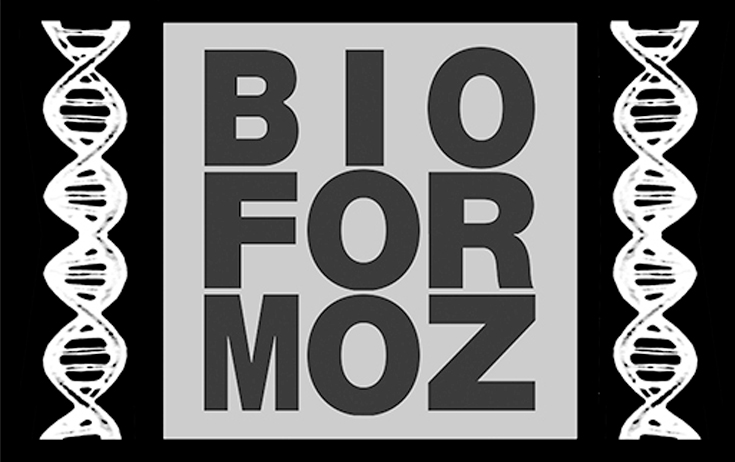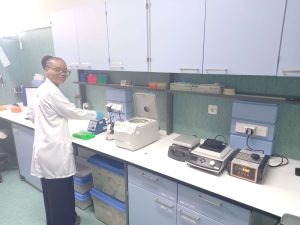Methods of Execution

This BioForMoz project (Support for Environmental Research) AID 12089, was funded by the Italian Agency of Development Cooperation (AICS), entrusted to the Department of Biomedical Sciences of the University of Sassari to collaborate with the Biotechnology Center of the E. Mondlane University of Maputo in Mozambique.
The Project started on 1 July 2021 and will last 3 years.
The C. Darwin Department of Biology and Biotechnology of the University of Rome Sapienza and the Department of Earth, Environment and Life Sciences, University of Genoa collaborate in the execution of BioForMoz, assisted by the technical partner NGO AISPO.
The project is structured in the following bodies:
- The Management and Coordination Committee (CGC)
- The Scientific Committee (SC)
- The Commission for Training and Research Scholarships
- The Didactic Commission of the Master in Biotechnology
- An operational staff of BioForMoz
General Objectives
- Support the plans to fight poverty through the results of advanced research in the area of biosciences for the sustainable use of natural resources;
- Contribute to empowering public institutions, first and foremost the UEM, to carry out quality controls on food, water and the environment, in the public and private sphere, bringing them to international standards.
Specfic Objective
Contribute to the training of researchers and professors of biomedical institutions of the “Eduardo Mondlane” University, who develop a network of laboratory infrastructures capable of producing scientific research, innovation and services for the solution of environmental and health problems in the country


Activities
-
-
- Activity 1. Training of young UEM researchers in the area of biosciences and conservation
- Action 1.1 Support for UEM Masters Schools dedicated to biosciences.
- Action 1.2 Provision of 24 training grants, consisting of a) a sum ad personam, renewable up to a total of 3 years; b) internships in Italy at centers of excellence; c) a fund for the purchase of laboratory consumables.
- Action 1.3. Organization of workshops and short courses.
- Action 1.4. Training and scientific collaboration in Italy at institutions of excellence.
- Activity 1. Training of young UEM researchers in the area of biosciences and conservation
-
- Activity 2. Development of research activities applied to biosciences
- Action 2.1 Diagnostics and molecular epidemiology of communicable diseases, (zoonoses control of the transmission cycle “wild fauna – domestic animals – man”). with the “one health – one medicine” approach.
- Action 2.2. Genetic characterization of populations: for the study and eco-sustainable use of natural resources, with particular attention to biodiversity.
- Action 2.3.Study of the anthropic impact on the environment; food toxicology and quality control, control of genetically modified organisms.
- Activity 2. Development of research activities applied to biosciences
-
- Activity 3. Establishing an effective network of laboratories capable of providing the provision of analytical services and quality control at a national level.
- Action 3.1. To assess the demand for services by public and private institutions and the potential response by the UEM on the basis of the existing laboratories network
- Action 3.2. Assess the capacity and quality status of UEM laboratories
- Action 3.3. Laboratory qualification, through structural rehabilitation of the environments and integration of equipment assets
- Action 3.4. Develop the capabilities of providing services, with particular interest in quality control procedures
- Action 3.5. Start of the certification process of the analysis procedures and of the laboratory environments for the execution of the quality controls and analyses necessary for the provision of services. Spin off feasibility study
- Activity 3. Establishing an effective network of laboratories capable of providing the provision of analytical services and quality control at a national level.
-
